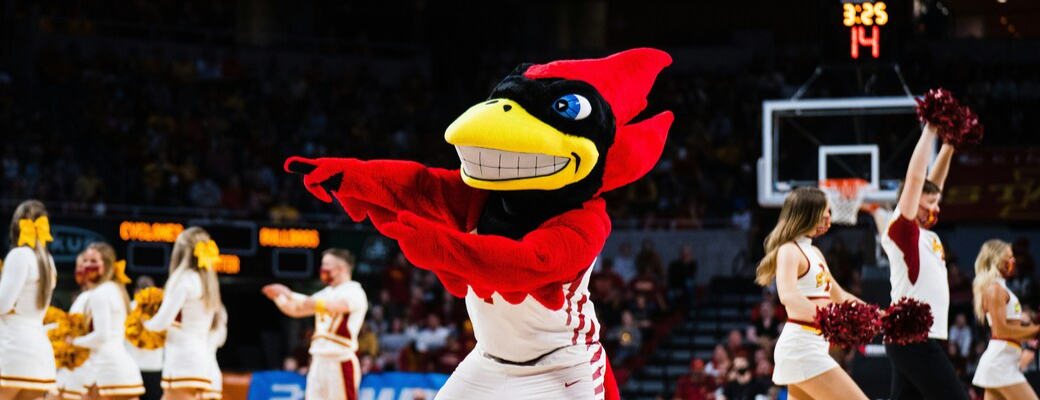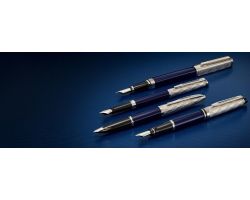Brands are not just logos or products; they have personalities they can connect with, just like people. This connection is a key part of what makes a brand successful. But how does a brand become more than just a name? This is where Brand Anthropomorphism comes in. Brand anthropomorphism is when we give brands human-like qualities. Think of it as making a brand seem like someone with feelings, thoughts, and actions. This concept helps companies create stronger bonds with their customers.
What is Brand Anthropomorphism?
Brand Anthropomorphism means that brands are frequently metaphorically characterised in terms of people. We can describe a brand as ‘friendly’, ‘trustworthy’, or ‘fun. ’ Such adjectives are aspects of personality which can easily be associated with the brand. If we can comprehend the above qualities in a given brand, it becomes easier for one to engage in an emotional bond with the brand.
Brands use Brand Anthropomorphism in different ways. The advertisement mascots are figures that some brands use to symbolise the brands and are common in most advertisements. For instance Tony the Tiger of Frosted Flakes or the Duracell Bunny. These characters help make the brand feel warmer and less corporate.
For example, Harley Davidson is more than just a motorcycle company; it symbolises freedom, adventure, and ruggedness. The brand's persona resonates with bikers who seek the thrill of the open road.
Why Do Brands Use Anthropomorphism?
Consumers find Brand Anthropomorphism appealing. Brands adopt Brand Anthropomorphism because the more aspects a customer assigns to a brand are human-like, the more they recall and develop an attachment to the brand. The above connection can increase customer loyalty because people prefer to remain loyal to brands they emotionally connect with.
For example, Apple used Brand Anthropomorphism in its “Get a Mac” campaign. In this campaign, Apple was personified as a cool, young character named “Mac”, while its competitor, Microsoft, was represented by a more awkward and less appealing character named “PC”. This approach made Apple seem more relatable and attractive to customers, who wanted to associate themselves with the cool and easy going “Mac”.
How Does Brand Anthropomorphism Work?
The process of Brand Anthropomorphism involves several steps
1. Personification
This is the first step, where the brand is given human traits. The brand is presented in a way that makes it seem like a person with a personality. For example, a brand might be described as friendly, caring, or adventurous. This makes it easier for customers to relate to the brand personally.
2. Storytelling
Studies show that stories are essential in branding and brand building since they help humanise brands. Where a brand tells its story, the audience is likely to relate to it and probably remember the brand easily. The clowns of McDonald's and Mickey Mouse of Disney are images that take their respective brands to the streets.
3. Symbols and Metaphors
Brands share associations with symbols and metaphors as this develops a more profound association with the consumers. For instance, Geico Gecko is an image that carries connotations of the Geico insurance company brand. This character makes the brand more recognisable and allows it to transfer its message quickly and with a good understanding between the representatives of different age groups.
4. Consistency
Brand Anthropomorphism needs to be used and maintained as a strategy throughout a brand's marketing communications. This is a clear implication that the brand's personality should be equally reflected in the brand’s advertisements, social media handles and interactions with customers. For instance, the Coca-Cola brand has used icons of happiness and fellowship for many years, making it a favourite brand globally.
Examples of Successful Brand Anthropomorphism
1. Coca-Cola
Brand Anthropomorphism has been well-used by different companies, including Coca-Cola. Secondly, the brand is brought to life as one that people associate with happiness and joy, so the customers feel related to it. Coca-Cola’s choice of polar bears as the symbol of their winter advertisements is one of the perfect examples of anthropomorphism used by the brand to make the viewer empathise with them.
2. Disney
Disney is another brand that uses anthropomorphism effectively. Many of Disney's characters are animals or objects that behave like humans, such as Mickey Mouse or the living furniture in “Beauty and the Beast”. These characters help make the Disney brand feel magical and approachable.
3. Old Spice
Old Spice's “The Man Your Man Could Smell Like” campaign is a great example of Brand Anthropomorphism. The campaign featured a charismatic and humorous character representing the Old Spice brand, making it more appealing to a younger audience.
The Double-Edged Sword of Anthropomorphism
With this understanding, anthropomorphism is also a two-edged sword. On the one hand, it contributes to developing such values as strong emotional connection and loyalty.
A brand's ability to maintain human-like features will dramatically influence the buyer’s behaviour. Regarding these brands, the customers tend to endow them with human characteristics and motives that can determine their decisions. For instance, if a customer has perceived a certain brand as trustworthy and caring, the customer will opt for that brand instead of the other brands in the market.
On the other hand, it leads to increased expectations and strict criticism concerning literary works and writers. Consumer expectations have to be met by brands and there is always a case of Brands having to find this balance and ensure adequate delivery.
First of all, potential threat response is a significant issue: the perceived negative image of a brand can seriously affect its success. Of course, negative consequences may also occur if a brand does not meet customers’ expectations and the bond becomes a curse. For instance, if a product in a consumed brand breaks down, the consumer’s response will be higher as they are associated with the brand.
Conclusion
Brand humanisation is thus a very effective technique when customer relationship emotions are to be generated. When the brand is assigned personality attributes, it becomes easier for firms to shape the public perception of their products and messages. However, brands should uphold some of these traits as their strategy could backfire. If efficiently applied, brand anthropomorphism can transform consumers into visually perceiving the brand as their friend.







